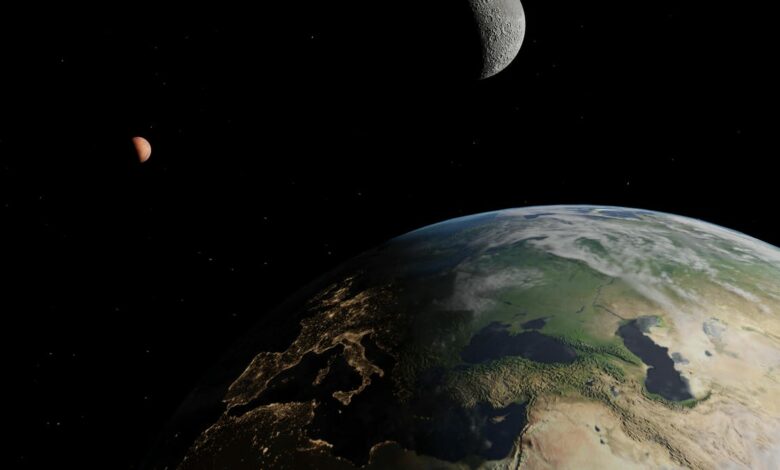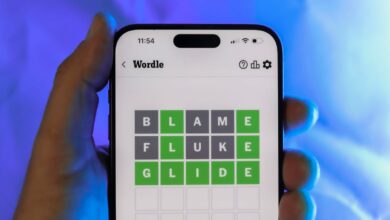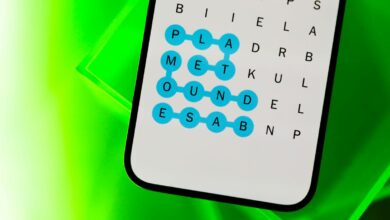The Moon is right next to Mars, Jupiter and Mercury this week: how can you see it?

It’s been an exciting year for night-watchers, and we still have a few months to go until the end of 2024. To close out August, we’ll have a six-planet parade and a meteor shower. For those looking for something different to do this week, you can also check out the Moon interacting with not one, but three different planets on three different days.
The three planets — Jupiter, Mars, and Mercury — will be in conjunction with the Moon during the last week of August. A conjunction is a astronomy term which describes when two planets or celestial bodies are close together in the night sky. Jupiter goes first, followed by Mars and then Mercury last. This is the second time this month that stargazers have seen Jupiter, Mars and the moon together in the night sky.
When can I see Jupiter, Mars and Mercury next to the Moon?
If you missed Jupiter this morning as it came closer to the moon, you can also watch the night sky on Wednesday, August 28, when Mars and Jupiter will switch places and the red planet will be closer to the moon.
Both the moon and Mars should rise in the eastern U.S. sky around 1:30 a.m. local time, where they’ll be visible all night long. The two won’t be as close together as Saturn and the moon were earlier this month, but they’ll still be pretty close. Jupiter will also still be nearby, so if you missed it the night before, you’ll get another chance.
On Sunday morning, September 1, Mercury and the moon will be together in the sky for a few hours before sunrise. Mercury should rise around 6 a.m. local time and be right next to the moon. The moon will be close to a new moon, so only a sliver will be visible — that’s good news, though, because Mercury is the most difficult of the three planets to see with the naked eye, and a dimmer moon helps with that.
Do I need a telescope to see the planets close to the moon?
You won’t need magnifying equipment for Mars and Jupiter. They’ll be nice and bright in the sky, and since the moon will be a little less than half full, you should be able to find them easily in the night sky once you know where to look. Since both planets and the moon will be fairly close together for a few days, you should be able to find all three if you find one.
Mercury may be a different story. Technically, it’s bright enough to be seen with the naked eye. However, we think binoculars or a telescope might help. The moon is nearly new with only a tiny bit of light left, and Mercury isn’t the brightest planet in the night sky, especially right before sunrise. So we’ve seen conflicting reports about whether it will be visible and recommend having something handy to help you out, just in case.
If you need help locating all the planets, Time and date has a simple night sky tool that can help, and apps like Sky Tonight on Android And iOS may also help.




